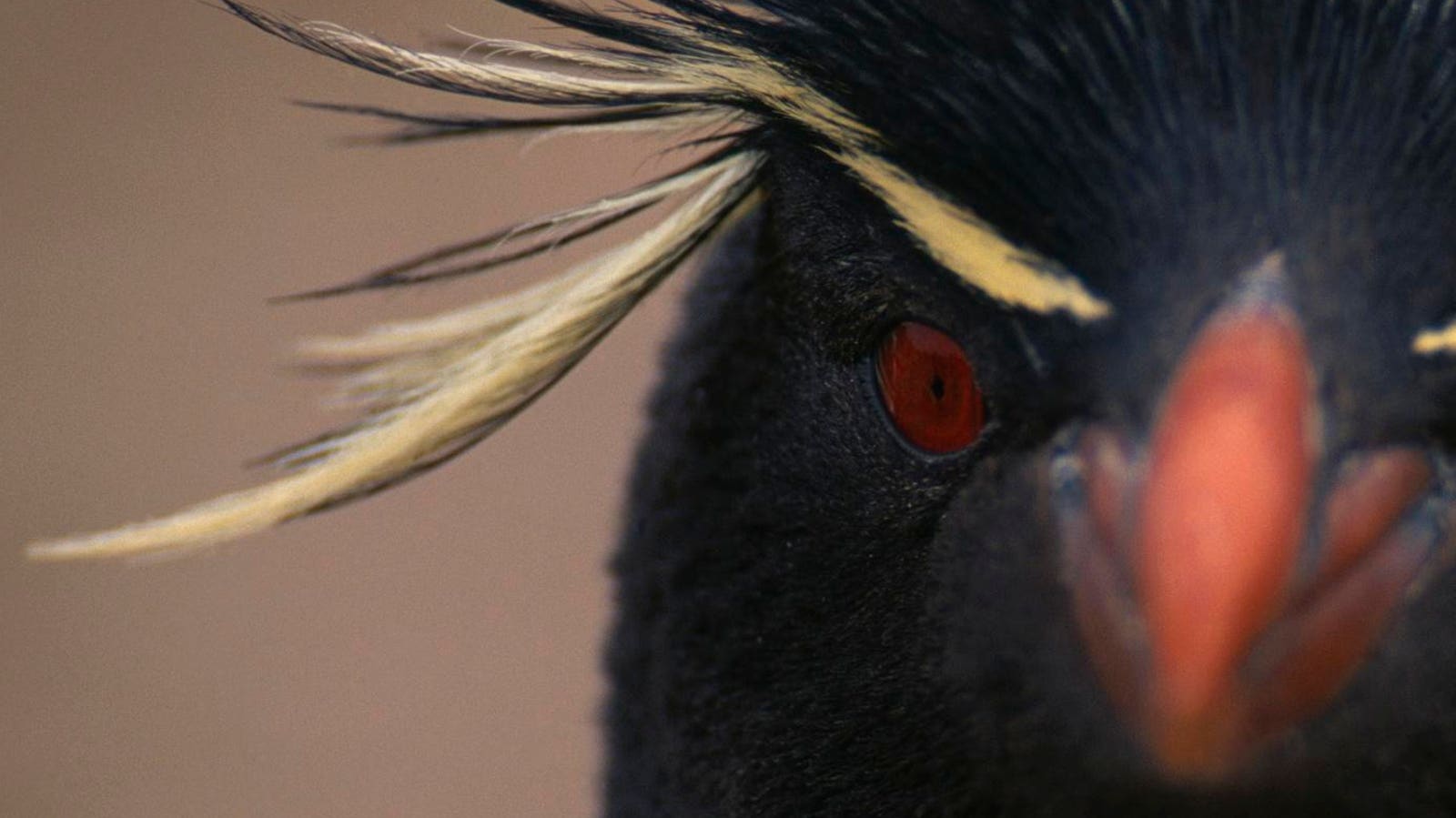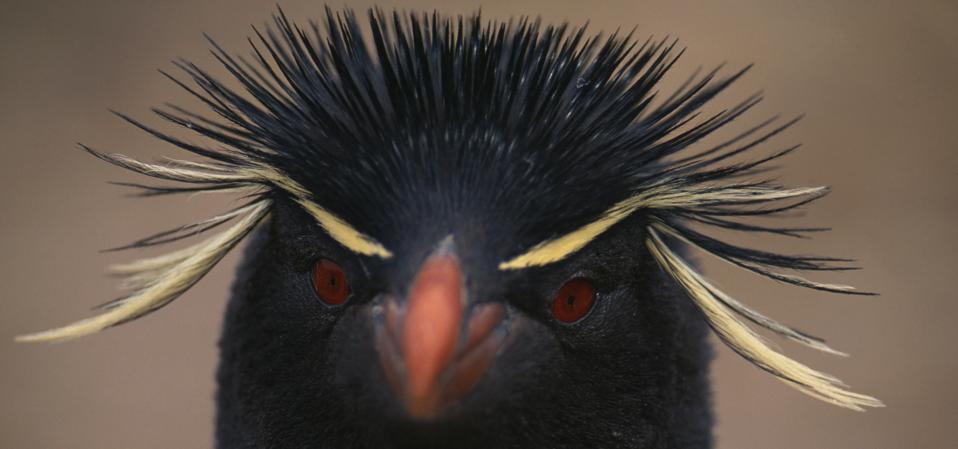What’s your guess for Earth’s most isolated island? It’s not Hawaii. It’s not Fiji. In fact, if … More
The most isolated island in the world isn’t exactly your vacation paradise. For one, it’s 93% glaciated. The average water temperature is just slightly above freezing. And you won’t find a single tree, or even any vascular plants, on the island.
I’m speaking of Bouvet Island in the south Atlantic Ocean. Bouvet Island (or Bouvetøya in Norwegian) is a subantarctic volcanic island that lies about halfway between South Africa and Antarctica. Nearly all of the island’s 19 square miles are covered in glaciers, punctuated by rugged cliffs, lava fields, and just a few ice-free stretches along the coast. The island is uninhabited by humans, battered by constant wind, and often hidden beneath fog and cloud cover.
Hand-colored photo of Bouvet Island, taken during the German Valdivia expedition in 1898.
Despite its desolate appearance, Bouvet is surprisingly rich in bird life. The island is surrounded by nutrient-rich waters, making it an ideal nesting ground for hardy seabird species. In fact, it’s so biologically significant that BirdLife International has designated it an “Important Bird Area.”
From rockhopper penguins to elusive petrels, here are four of the most incredible birds you can find on Earth’s loneliest island.
1. Snow Petrel (Pagodroma nivea)
A snow petrel rests on the ice, its white plumage nearly indistinguishable from the frozen … More
Among the birds of Bouvet Island is the snow petrel, a dove-sized seabird with pure white plumage that blends seamlessly into the island’s glacier-covered landscape. Snow petrels are the southernmost breeding vertebrate, found across Antarctica and the subantarctic islands. They have even been recorded at the South Pole.
On Bouvet, snow petrels build their nests in rocky crevices on cliff faces, scree slopes and beneath boulders, which offer shelter from the fierce winds. In these nests, they lay a single egg that both parents incubate.
They are expert fliers, capable of traveling hundreds of miles in search of food. Their diet includes fish, krill and squid, but they will also occasionally consume carrion from seal or penguin carcasses.
Snow petrels are highly associated with pack ice, among the most ice-dependent of Antarctic seabirds. At sea, they tend to stay within the Marginal Ice Zone, the transition zone between open ocean and dense sea ice. They prefer foraging areas with moderate ice cover (12.5–50%), according to research published in Polar Biology. Despite their delicate appearance, snow petrels are survivors, well-adapted to one of the harshest climates on Earth.
2. Macaroni Penguin (Eudyptes chrysolophus)
Macaroni penguins gather in dense breeding colonies along Bouvet Island’s rocky shores, sporting … More
Named for their unique yellow head crests, macaroni penguins are among the most colorful characters in the otherwise bleak landscape of Bouvet Island. These medium-sized penguins breed in noisy, densely packed colonies on rocky shores. Though they’re not exclusive to Bouvet, the island provides crucial nesting grounds from December to March for thousands of breeding pairs.
Macaroni penguins are natural swimmers, spending much of the year at sea and returning to land only to breed and molt. Their diet consists mainly of krill and small fish, which they catch during deep dives (sometimes reaching depths of over 200 feet). Despite being one of the most numerous penguin species globally, their population is in decline due to climate change and fluctuations in food availability.
3. Southern Giant Petrel (Macronectes giganteus)
Southern giant petrels soar over the frigid waters surrounding Bouvet Island, riding wind currents … More
With a wingspan of over six and a half feet, the southern giant petrel rules the skies of Bouvet Island. These formidable seabirds are scavengers and predators, often called the “vultures of the sea.” They feed on everything from squid and fish to the carcasses of seals and penguins.
Giant petrels are one of the few bird species capable of traveling thousands of miles across the Southern Ocean, using soaring to ride wind currents for days without flapping their wings. On Bouvet Island, they nest on the sparse, ice-free cliffs. Like the snow petrel, they lay a single egg. Though they may look menacing, giant petrels are sensitive to disturbance and are increasingly threatened by habitat degradation, longline fishing and plastic pollution.
4. Antarctic Prion (Pachyptila desolata)
Antarctic prion flying low over the Southern Ocean.
Last but not least is the Antarctic prion. The Antarctic prion is a small seabird that thrives in the cold, wind-swept reaches of Bouvet Island. Often mistaken for gulls at a distance, prions are members of the petrel family and are superb oceanic flyers. Their unique name comes from the Greek word prion, meaning “saw,” referring to the ridged structure of their beaks, which helps them filter plankton from seawater.
Antarctic prions breed in large colonies on sub-Antarctic islands, where they nest in burrows or under rocks. Bouvet’s approximately 7% ice-free ground offers limited nesting sites, but prions make the most of it. Their soft, flute-like calls fill the air during breeding season. At night, thousands can be seen wheeling over the waves. Though small and unobtrusive, these birds play a vital role in the marine food web and are a key indicator of ocean health in the southern hemisphere.
Are you an animal lover who owns a pet, perhaps even a pet bird? Take the science-backed Pet Personality Test to know how well you know your little friend.









